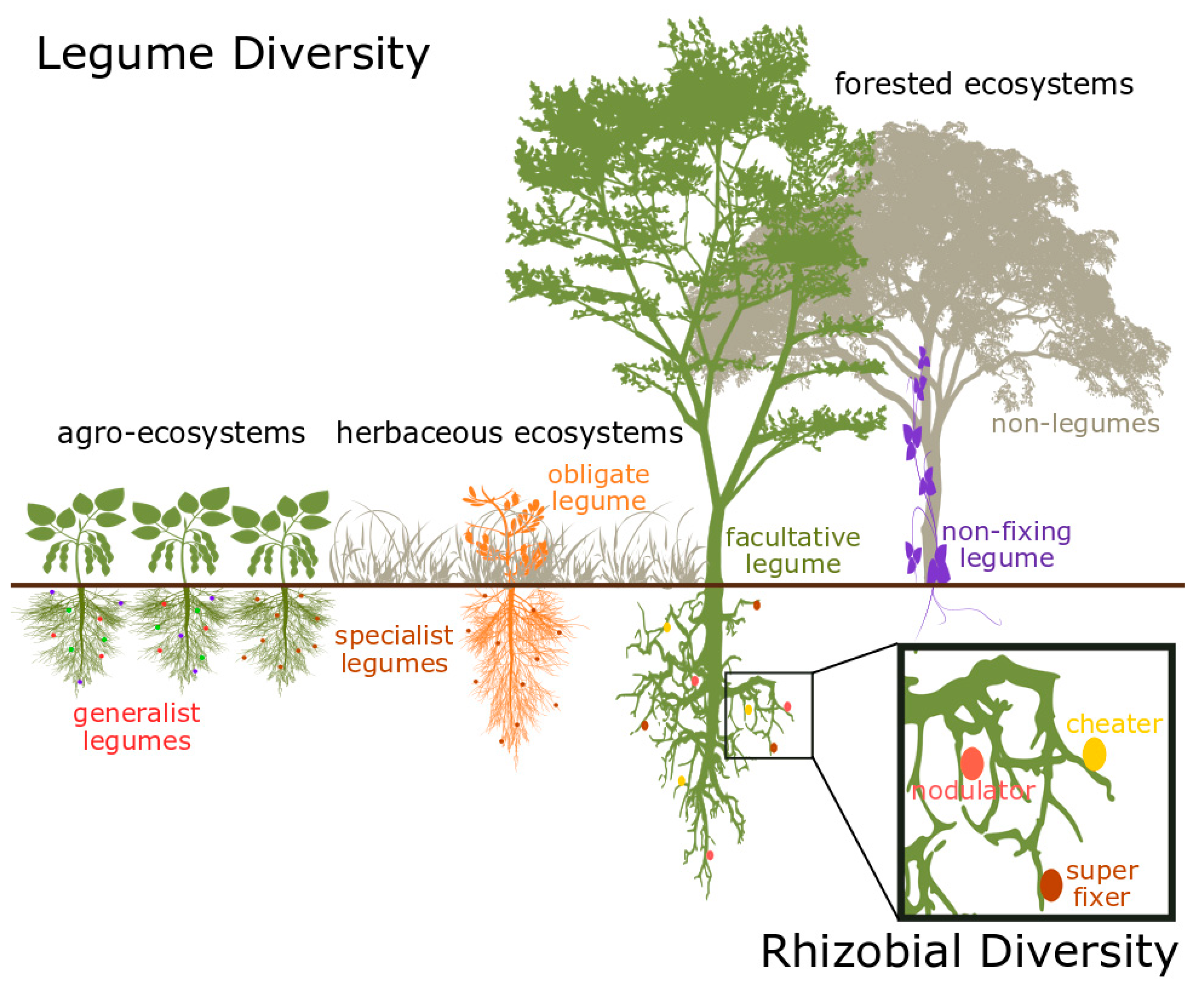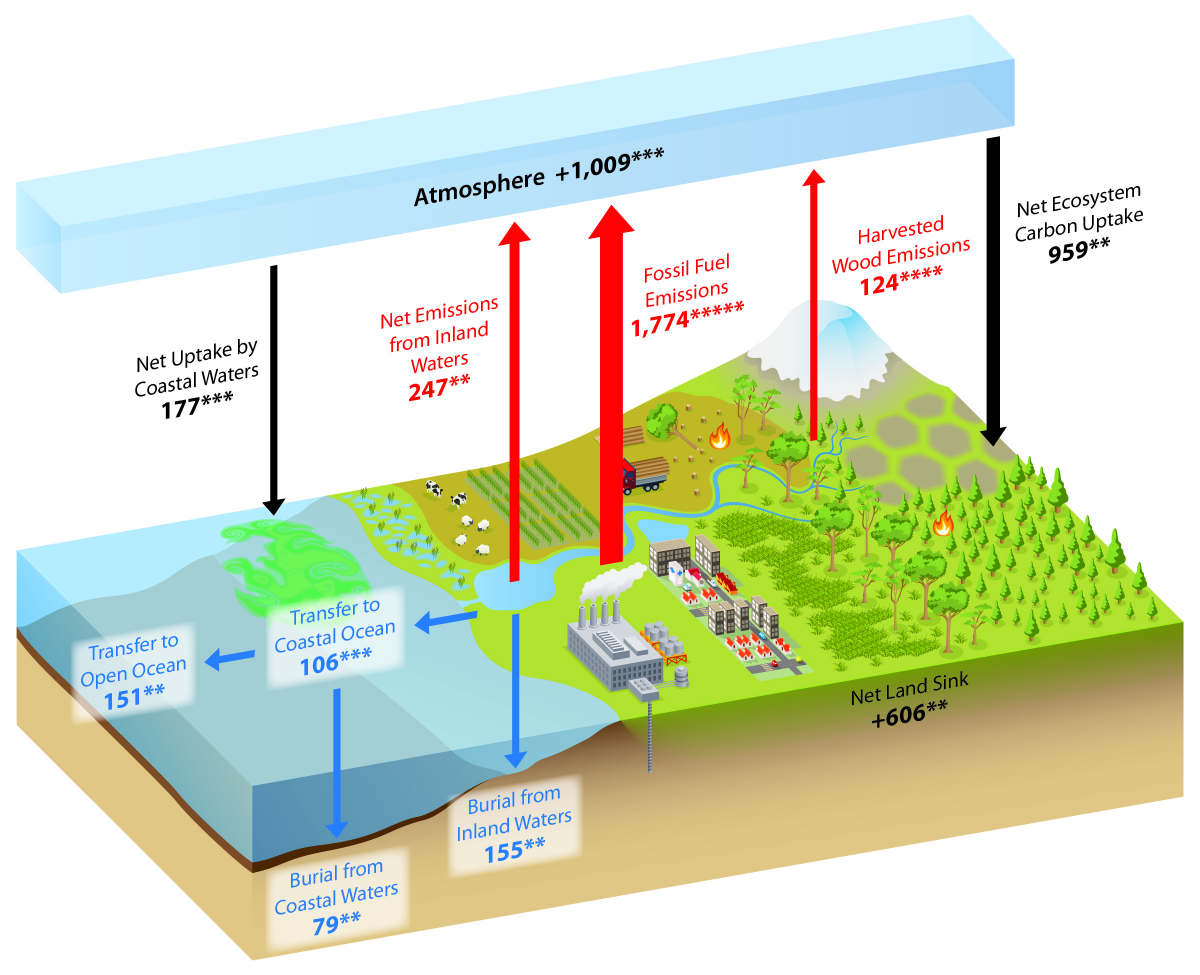Which of the Following Remains Relatively Constant in an Ecosystem
The size of a mouse population in a natural ecosystem tends to remain relatively constant due to A. It states that mass can neither be created nor it can be destroyed but it can transform from one form to another.

Diversity Free Full Text More Than A Functional Group Diversity Within The Legume Rhizobia Mutualism And Its Relationship With Ecosystem Function Html
The ability of a species or group of species to synthesize food molecules.

. Mortality is relatively constant throughout a life span. Organisms provide little care for offspring. The correct answer would be B- the amount of matter.
Organisms interact with each other in many ways. The forest ecosystem because it has three top predators. Organisms produce many offspring.
The amount of matter remains the same in any ecosystem. What remains relatively constant in an ecosystem. THIS IS THE BEST ANSWER I have the right amount of material to do this so I have a lot of knowledge.
PRACTICE QUIZ ON ECOLOGY AND EVOLUTION. Mortality is relatively low in the early years of life. All of the following factors would contribute to the differing varieties of organisms in these two habitats EXCEPT -.
Birthrate is significantly lower than. A relationship between two organisms in which one organism benefits while the other organism is not affected is best described as. This diagram can be used to illustrate the.
The inability of an ecosystem to recover from a major disturbance. The regions on Earth that can support life. This property is referred to as.
Increased numbers of decomposers. A bird population on a remote island remains at a relatively constant size year after year. All of the species living in a given area.
The lack of natural predators C. Constant source of energy and living system capable of incorporating this energy into organic molecules 2. The forest ecosystem because most of the animals can eat other organisms.
The world contains a variety of environments which are mainly created by. Amazon Luna launches with freebies for Prime subscribersAmazon Luna special offer for Prime membersTry Amazon Luna Now. The carrying capacity of the environment B.
The diagram below represents a process that occurs in nature. The amount of matter remains the same in any ecosystem. The hippopotamuss body temperature remains relatively constant due to the thermal energy generated by its metabolism.
It states that mass can neither be created nor it can be destroyed but it can transform from one form to another. The grassland ecosystem because it has many herbivores. Increased numbers of decomposers 20.
Birthrate is significantly greater than death rate. Hence we can conclude that The likely characteristics of an ecosystem that has remain unchanged are Well developed soils Old Growth Trees and Relatively stable climate. Energy flows and material cycles.
Which of the following is characteristic of a Type II survivorship curve. An isolated bird population on a remote island remains at a relatively constant size year after year. An ecosystem that has remained unchanged for hundreds of years will most likely possess well developed soils old trees and a stable climatic condition.
It can be explained with the help of the law of conversation of mass. The grassland ecosystem because several predators compete for food. The carrying capacity of the environment B.
The ability of an ecosystem to remain at equilibrium despite disturbances. Birthrate and death rate are close to equal. The following diagram shows the approximate dry mass in grams per square meter of organisms at each trophic level in a forest ecosystem.
Cycling of materials between organisms and their environment. A wide diversity of physical conditions. It can be explained with the help of the law of conversation of mass.
The speed at which an ecosystem recovers after being disturbed. This figure with the plants zebra lion and so forth illustrates the two main ideas about how ecosystems function. Which of the following best defines an ecosystem.
Many animals have the ability to maintain a relatively constant level of chemicals in their body fluids. Ecosystems have energy flows and ecosystems cycle materials. The lack of natural predators C.
THIS USER ASKED Which of the following remains relatively constant in an ecosystem. Which of the following most likely describes the birthrate and the death rate for this population. When the entropy does not remains constant.
The size of a mouse population in a natural ecosystem tends to remain relatively constant due to A. Scientists studying two adjacent ecosystems observe different varieties of organisms in the two areas. Which of the following best explains the difference in the amount of available energy in the trophic levels of the desert ecosystem.
These two processes are linked but they are not quite the same see Figure 1. All of the living and nonliving factors in an environment. A group of species living in a given area.
Cycling of energy D. Cycling of energy D. The correct answer would be B- the amount of matter.

What Is The Difference Between Primary And Secondary Ecological Succession Britannica

Biogeochemical Cycles Introduction Most Elements Can Exist In Different States And Chemical Forms As They Move Within And Between The 4 Spheres Examples Ppt Download

Aim What Is Carrying Capacity Ppt Download

What Is The Carbon Cycle What Is The Science Behind It United States Carbon Cycle Science Program
No comments for "Which of the Following Remains Relatively Constant in an Ecosystem"
Post a Comment